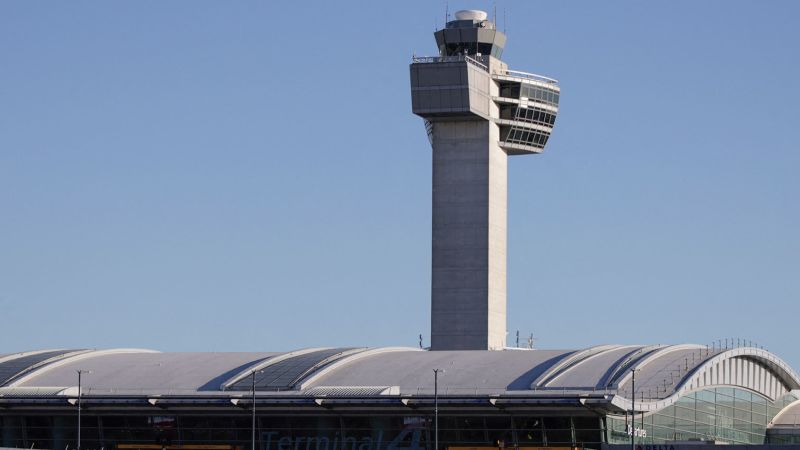CNN
—
The landmark near collision last year involving two commercial flights on the runway at New York’s John F. Kennedy International Airport was caused by pilots who were repeatedly distracted in the cockpit, according to early findings released by the National Transportation Safety Board.
“Interruptions and multitasking led to distractions” of the three pilots in the cockpit of the American Airlines Boeing 777 that erroneously taxied across JFK’s runway 4 Left in front of a Delta Air Lines Boeing 737 that had begun accelerating for takeoff, investigators said. The pilots of the Delta flight aborted their takeoff run following a frantic call from the air traffic controller in the tower. The two planes came within 1,400 feet of colliding, NTSB data released earlier this year found.
The January 13, 2023, incident kicked off heightened awareness of similar cases – formally known as runway incursions – involving commercial flights at major airports, triggering at least six other NTSB investigations in 2023 and causing the Federal Aviation Administration to convene a rare, daylong safety summit.
The NTSB’s new release of the synopsis from its forthcoming final report on the JFK incident comes ahead of Thursday’s NTSB board meeting on another near collision in poor visibility in Austin, Texas, involving a landing FedEx flight and a departing Southwest flight. It also follows two recent runway incursions at Ronald Reagan Washington National Airport, including one being investigated by the NTSB.
In releasing its latest findings, investigators also re-upped their call for the FAA to install more technology at airports that can warn air traffic controllers of a possible collision on a runway. Known as ASDE-X, the NTSB says the system helped stop the impending collision at JFK, but it is deployed at only 35 major airports in the United States. In April, the FAA said it would deploy similar technology at four airports by July.
“The whole reason US aviation has such an exemplary safety record is because we’ve built in extra layers of protection, which is why we need lifesaving technology at more of the nation’s airports,” NTSB Chair Jennifer Homendy said Tuesday in a news release.
The report noted investigators did not have the benefit of a recording from the cockpit voice recorder – commonly known as one of the black boxes – because it was overwritten. Such a recording would have provided key details about what happened, the NTSB said.
Homendy also has called on the FAA to require a 25-hour recording window for the cockpit voice recorder in all aircraft – a duration that is already a standard requirement under European airline regulations.








:max_bytes(150000):strip_icc()/roundup-writereditor-loved-deals-tout-f5de51f85de145b2b1eb99cdb7b6cb84.jpg)


